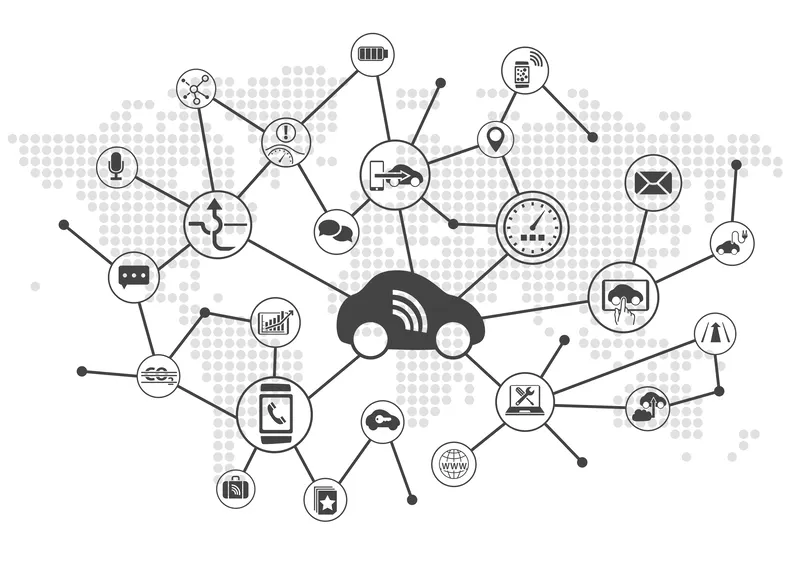The
C-2X platforms are expected to be installed in Ford vehicles, using Qualcomm’s 9150 C-V2X solution to ensure direct communications. They are complemented by AT&T’s 4G LTE network communications and ITS platform which uses Nokia’s wireless base stations and multi-access edge computing technology. For the new communication technologies, McCain will help facilitate the integration with existing and emerging traffic signal control infrastructure.
Testing will support direct C-V2X communications operating in the 5.9 GHz ITS spectrum to explore the safety enhancements of vehicle-to-vehicle (V2V) use cases, including do not pass warning, intersection movement assist, and left turn assist. The trials will also support advanced vehicle communication capabilities for improved traffic efficiencies, such as real-time mapping updates and event notifications relayed using AT&T’s cellular network and Nokia’s Cloud Infrastructure.
Ron Roberts SANDAG chair and county supervisor, said: “The San Diego Regional Proving Ground’s partnership between SANDAG, Caltrans, and the City of Chula Vista positions us as leaders in the development and deployment of new technology, allowing our region to realize benefits in mobility, safety, and economic development. The collaboration this partnership demonstrates between government agencies and the private sector significantly reduces deployment costs while accelerating the proliferation of the infrastructure necessary for the next generation of mobility technology.
“Government will benefit from these new C-V2X roadside units integrated with cellular infrastructure, and San Diego is perfectly situated to provide a platform for new business models that can lead to safer roadways and more efficient operations”, he added.
AT&T, Ford, Nokia and Qualcomm Technologies to test C-V2X in U.S.
American Telephone & Telegraph (AT&T), Ford, Nokia and Qualcomm Technologies are teaming up with the intention of accelerating the development of connected cars by trailing Cellular-V2X (C-V2X) technologies in the U.S. These tests are aimed at showing automakers and road operators the anticipated cost-efficient benefits associated with embedded C-V2X in vehicles and synergies between the deployment of cellular base stations and roadside infrastructure. Initial testing is expected to begin later this year.
November 3, 2017
Read time: 2 mins
American Telephone & Telegraph (1970 AT&T), 278 Ford, 183 Nokia and 213 Qualcomm Technologies are teaming up with the intention of accelerating the development of connected cars by trailing Cellular-V2X (C-V2X) technologies in the U.S. These tests are aimed at showing automakers and road operators the anticipated cost-efficient benefits associated with embedded C-V2X in vehicles and synergies between the deployment of cellular base stations and roadside infrastructure. Initial testing is expected to begin later this year.










